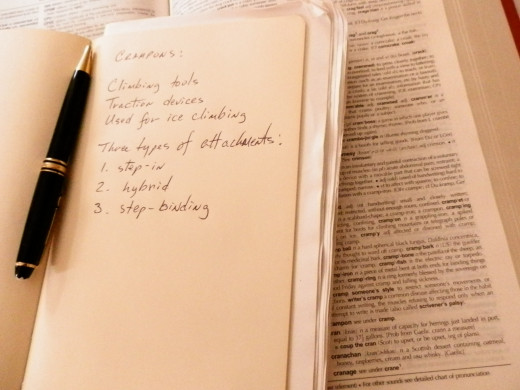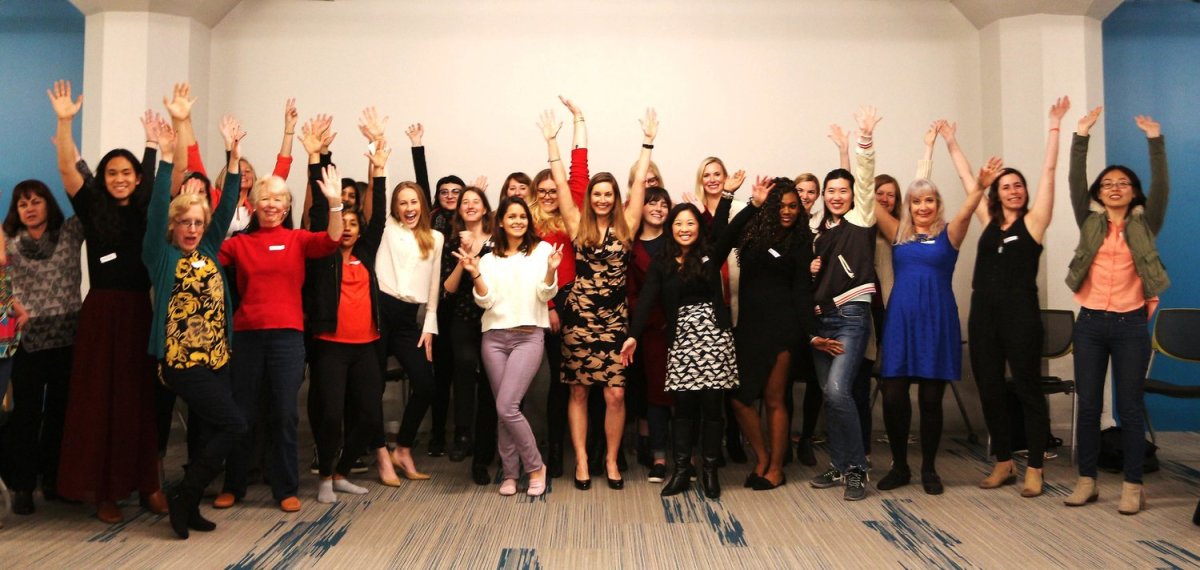Using the Pareto Principle to Maximize Productivity

The Pareto Principle states that you get 80% of your results from 20% of your efforts. It's also called the 80-20 rule and, even though the numbers are somewhat arbitrary, it does highlight one very important point, which is:
The more efficient you are, the better your results will be.
This is a mantra that freelancers in general live by and one that many businesses strive to achieve. The idea is, of course, to be able to get the maximum benefit from putting in the minimum amount of work, to work smarter, not harder. By increasing your productivity you ensure that you're not extending yourself too far - and you also make it possible to relax and enjoy your free time with a clear head.
The 80-20 Pareto Principle
Vilfredo Pareto was an Italian economist who noticed that 20% of the peas in his garden produced 80% of the crop, and that 20% of the population of Italy owned 80% of the land. He created his principle or formula based on these and other observations that suggested 80% of the results we see are produced by 20% of the input. His principle has been adapted as a business model to enable companies to function more productively and achieve better results.
Typical Productivity Draining Issues
The reasons why we sometimes might not be as productive as we'd like to be are usually quite basic; nothing to do with our good intentions or our ability to complete a job on time. Here are a few of the main culprits:
- Succumbing to distractions - whether you work at home or in a building with other people, distractions are everywhere. They might materialize in the form of emails, phone calls, chats by the coffee machine, social media communications, or any number of diversions that can take your mind off the job at hand.
- Taking on unsuitable tasks - never bite off more than you can chew, and never agree to do work that you feel is outside your capabilities. This can put you under enormous pressure and keep you from contributing to the types of work at which you excel.
- Working in an uncomfortable environment - make sure your office space provides you with somewhere you can work that's well lit, comfortable, and fit for purpose. This helps avoid the potential for health hazards and allows you to get on with your work calmly and efficiently.

Focus on the Stones, Not the Pebbles
The video below gives a very quick demonstration of one simple way to increase your productivity. That is, focus on the big jobs first, and leave the minor tasks until the major ones have been completed. In the video, major tasks are represented by stones, while minor ones are represented by pebbles. Take care of the stones - the projects that are more important and potentially more profitable - and tend to the pebbles when time allows.
For example, a business might find that its website is not bringing in the amount of customers it hoped for. Further investigation shows that the site contains lots of pretty pictures, links to other sites, snazzy buttons urging people to click and buy, and very little useful content. Applying the 80-20 rule we can see that the site is failing to convert visitors into sales because 80% of it is of no interest to potential customers. They're focusing on the pebbles instead of the stones.
You've probably heard this idea expressed in many different ways, one of which is the ability to be able to prioritize your workload. That doesn't simply mean making a list and sticking to it no matter what happens; it means making a list of jobs that need to be done, in the order that they need to be done, and working through them in that order. The worker who does that will get through tasks quickly and add value to the organization by keeping the system ticking over, even if that organization is comprised of only one freelancer.

Get 80-20 Vision to Improve Productivity
One of the best ways to increase your productivity is to shift your focus. Instead of trying to reinvent the wheel, use processes and procedures that you know will bring in the result you're after.
In my book The Ultimate Copywriter I explain techniques for writing short and long copy for a variety of purposes. The book was written several years ago and although I've been working as a writer since then, I haven't needed to make use of every single technique myself. When I was asked recently to write a long sales letter, rather than starting over and finding out the best way to go about it, I simply printed off my own advice and template and got down to work.
Productivity comes when you work in an orderly and organized fashion. You need to be able to look at the big picture while simultaneously working on the individual elements that go into creating it. You can't build a wall by throwing a pile of bricks up into the air and hoping they land in the correct positions. You need to build it from the bottom up, brick by brick and row by row, keeping an eye on the overall structure but focusing your efforts on one brick at a time.
You can do exactly the same thing with projects you're working on or with problems you're trying to solve. Follow these steps to stay organized, on target, and boost your productivity:
- Write down what needs to be done
- Break it down into achievable tasks
- Finish each task before moving on to the next

Putting the Pareto Principle Into Practice
Every business can benefit from improving its overall productivity, whether it's a large company selling thousands of products or one person selling his or her services. Since I'm a writer, let's take that as the business model to demonstrate how the 80-20 principle might work.
It's possible that I will encounter three different strands of work from day to day, namely:
- Online work
- E-book writing
- Offline work
Each of these brings its own rewards, but some are necessarily more rewarding than others. Online work includes articles, blog posts, web pages, product descriptions, and so on. Generally speaking these generate an hourly income and can take from half an hour to several hours to complete.
E-book writing involves a different approach. The work is usually spread over a number of weeks or months with a fixed price; the sooner the book is finished, the sooner the writer gets paid. Depending on the amount of research and creativity needed for each project, however, this type of work can generate a lower hourly income than online writing.
Offline writing includes articles for newspapers and magazines. Every publication has its own requirements and payment structure, with some holding payment until the completed work gets published. So while magazine writing in particular can be lucrative, it can take a long time before you see the money.

Hourly paid jobs earn less money but are easier to complete - and often easier to land in the first place. It can get tedious spending 8 hours a day on similar topics, trying to incorporate keywords while being original and entertaining; and you have to factor in the time taken doing research and thinking about what you want to write.
E-book or ghost writing pays the best but can take up all of your time, especially when you get into the topic in detail. It can be hard to switch off and stop yourself from adding a little bit more here and there, or rewriting that introductory paragraph until it's absolutely perfect.
One solution, then, might be to aim for a combination of tasks, allocating different times of day when you'll attack each one. That way you maintain your momentum, build in diversity, and earn a reasonable amount for your efforts.
Conclusion
The 80-20 rule is not set in stone. Statisticians will even argue that, in many cases, the top 50% of a company's employees generate 50% of their revenue. Whether that's true or not, the numbers are not really as crucial as the idea behind them; and if you work for yourself as a freelancer, you're the only employee, generating all the revenue.
Rather than arguing the figures, it makes more sense to use the principle as a modus operandi, to spend your time working on projects that are the most important, the most time-sensitive, and ultimately the most profitable.





